History Of Dentistry
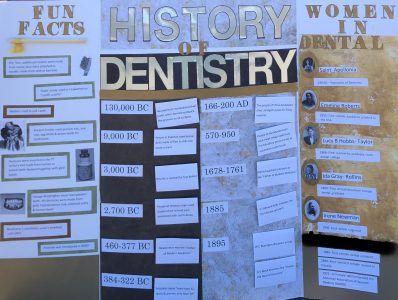
We are here to talk about history & the influential women in dentistry as well as fun facts.
Introduction & Time Line (Olivia)
- We start around 130,000 BC, there is evidence of prehistoric dentistry when Neanderthal teeth were found with toothpick-like grooves and other manipulations on their teeth.
- Following this, in 9,000 BC, the first dental hand drills were invented. They were made of flint and used to drill into the crowns of the teeth. Eleven molars with these drill markings were found in a Neolithic graveyard in Mehgarh, Baluchistan. We then had Hesi-Re or also called Hesi-Ra after the sun god Ra, was an Ancient Egyptian high official in 3000 BC. He was a professional ivory-cutter, an artist and was the first person in history to be titled an occupational dentist. He made the first ‘fixed bridge’, which was three teeth fastened together with gold wiring.
- In 2700 BC the Chinese used acupuncture-like we use today, to treat the pain associated with tooth decay.
- 460-377 BC, Hippocrates is named the “Father of Modern Medicine” stressed the importance of keeping the teeth in good condition for good health, as well as describing diseases of the teeth in his writings and methods of their treatments.
- Between 384 to 322 BC, Aristotle joined in on the fun, he branched off Hippocrates finding and stated that men had 32 teeth and women had only 30.
- From 166 to 200 AD, we saw the first restored decaying teeth with gold crowns and replaced missing teeth with many fixed bridges. However, the Romans believed that the decay was a result of tooth worms.
- In 200 AD, the Chinese developed the first silver amalgam paste, similar to what we use today for silver fillings. It was made with 100 parts mercury, 45 parts silver and 900 parts tin. Now we’re getting closer to our time and the dental world gets a little more interesting.
- From 570-950, a primitive toothbrush was invented, it was made from siwak, a twig made from the Salvadora persica tree.
- Pierre Fauchard emerged between 1678-1761. He was called the “Father of Modern Dentistry”, and for good reason. He disproved the tooth worm theory proposed by the Romans and wrote a book called ‘The Surgeon Dentist’ describing oral anatomy, treatments, methods for tooth replacements as well as straightening teeth with wires (braces).
- In 1885 the first dental assistant was employed by C. Edmund Kells. And lastly, in 1895 was the year of x-rays and dental drills. G.V. Black became the ‘grand old man of dentistry’ after researching many important topics in dentistry. These included the cause of dental fluorosis, or splotchy white teeth, and different cavity preparations.
- Black is also known for his food-driven drill invention.
- W. C. Roentgen was also an important character in 1895, his discovery of x-rays received him a Nobel prize. He first tested the x-rays on himself and his wife Anna Bertha, upon seeing her own bony hand she claimed, “I have seen my own death!” However great his discovery, he died of colorectal cancer in 1923, and lost a hand to the radiation.
GAME:
Let’s test your knowledge, can you match the event to the date?
Event cards can be detached from the board. Try your best to match the event to the correct date!
Women in Dentistry (Mataya)
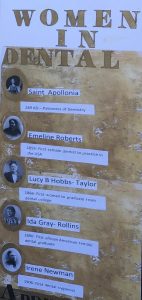
On my side of the board, we are going to be talking about the history of women in dentistry and how they contributed.
- Starting in 249 AD Saint Apollonia, according to church tradition, her torture included having all of her teeth violently pulled out or shattered. For this reason, she is popularly regarded as the patroness of dentistry and those suffering from toothache and other health problems.
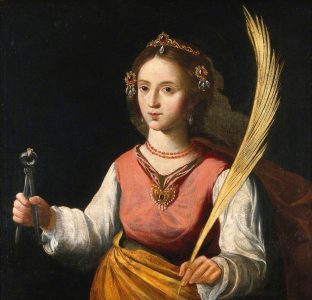
- In 1855 Emeline Roberts became the first female dentist to practice dentistry in the USA. She married the dentist Daniel Jones when she was a teenager (at age 18) but she did not become his assistant until 1855. Her husband believed that dentistry was not a suitable career for a woman. He thought the “frail and clumsy fingers” of women made them poor dentists. However, she studied in secret and after Emeline showed him a two-quart jar of several hundred of his extracted teeth she had secretly filled he allowed her to assist him. After her husband’s death in 1864, she continued to practice dentistry by herself and often travelled with a portable dentistry chair. From 1876 until her retirement in 1915 she had her own practice in New Haven, Connecticut. It was one of the largest and most lucrative practices in Connecticut.
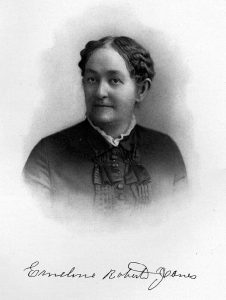
- In 1866 Lucy B Hobbs-Taylor was the first woman to graduate from dental college. She applied to the Ohio College of Dental Surgery, after being denied due to her gender a college graduate decided to tutor her. In 1861 she decided to open her own practice instead of attempting to get into a college. After a year she opened up her own dentistry practice and it allowed her to be accepted as a dentist without a diploma. After 3 years the Ohio College of Dentistry decided to waive the policy prohibiting women. She graduated in 1866.
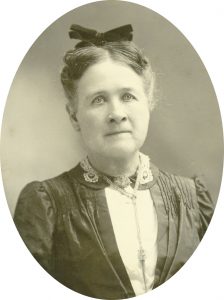
- In 1890 Ida Gray-Rollins was the first African American female dental graduate and was the first African American woman to become a dentist in the United States. At a very young age, she became an orphan when her parents died. Later in her life, she became interested in dentistry when she went to work in the offices of Jonathan Taft, an early advocate for women to learn dentistry. After her apprenticeship in his office, Gray was able to pass the entrance examinations and then attended the University of Michigan School of Dentistry. When she graduated, it was widely published that she was the first African American dentist in the United States and she was promoted as a role model for women to follow. Gray practised in Ohio before settling in Chicago, where she remained until her death.
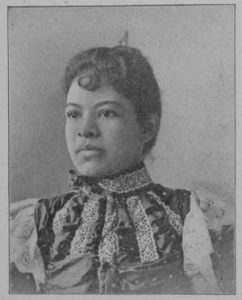
- Lastly, we have Irene Newman, who in 1906 became the first dental hygienist who served under Dr Alfred C. Fones who was credited with coining the term “dental hygiene” and pioneering the corresponding movement. In 1906 Irene E. Newman was trained by Dr Alfred Fone to clean teeth and perform other preventative treatments on children, making her the world’s first dental hygienist
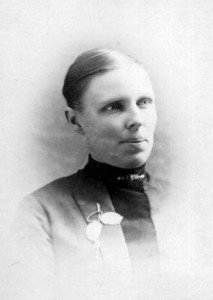
Fun Facts (Elexis)

Let’s talk about some fun facts relating to dentistry throughout the years!
- The very first tooth-brush was believed to be made from frayed ends of twigs tied onto the end of a tree branch. This technique was used up until 1938 when nylon was invented, which was much safer for the teeth and a lot less abrasive!
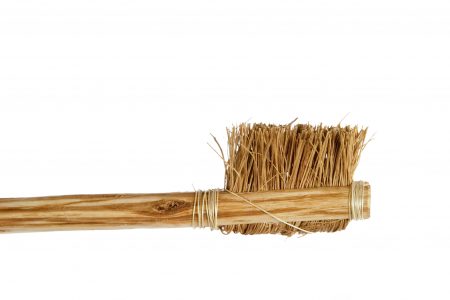
- Decay (cavities) can develop starting at the top of the tooth and work its way down the 3 layers of the tooth. Greeks & Romans believed this was “tooth worms” because of the decay pattern. Pierre Fachuad debunked this myth by looking under a microscope.
- Barbers in the middle ages were called “barber-surgeons”, and would perform minor surgical procedures including tooth extractions. They were believed to be skilful due to the fact that they handle scissors and razors on a daily basis.
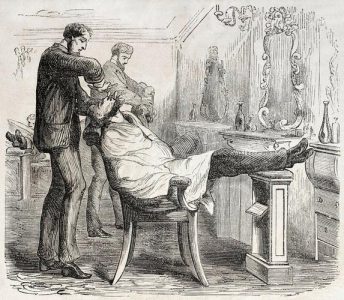
- Ancient Toothpaste: The Greeks & Romans believed that abrasive toothpaste would give them a better cleanse. They would use items such as crushed up sea-shells, sand, and mint leaves to create a fresh mint aroma.
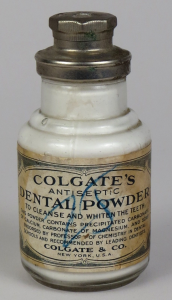
- Around 700BC, Etruscans in northern Italy made dentures out of human or animal teeth. They carved hippopotamus – along with parts of both horse and donkey teeth to create strong, durable dentures.
- George Washington grew up having very poor oral hygiene, by his early 20s he had already experienced excessive decay as well as aches and tooth loss. It is a common myth that his dentures were made out of wood, the first dentist to fashion false teeth for Washington, fabricated a partial denture with ivory that was wired to Washington’s remaining real teeth.
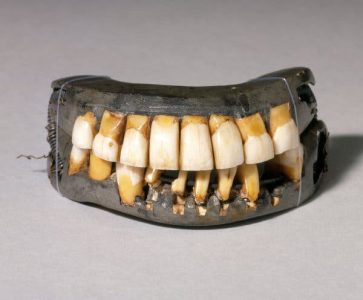
- Anesthetic is widely used in today’s dentistry, as many clients rely on it to get them through their visit. An early form of anesthesia was first used at Massachusetts General Hospital in Boston by dentist William Morton in front of an audience of students.
- It is a myth that fluoride was added into waters during WWII as a way to harm (Nazi). We know today that fluoridation is beneficial in controlled amounts!
References: https://www.mountvernon.org/george-washington/health/washingtons-teeth/a-history-of-washingtons-dental-troubles/https://signaturesmilez.ca/5-interesting-facts-about-ancient-dentistry/https://womensmuseum.wordpress.com/2018/05/09/influential-women-in-the-dental-field/https://www.gentledental-mi.com/ancient-dentistry/ Images are from Google Images Information from MDA

